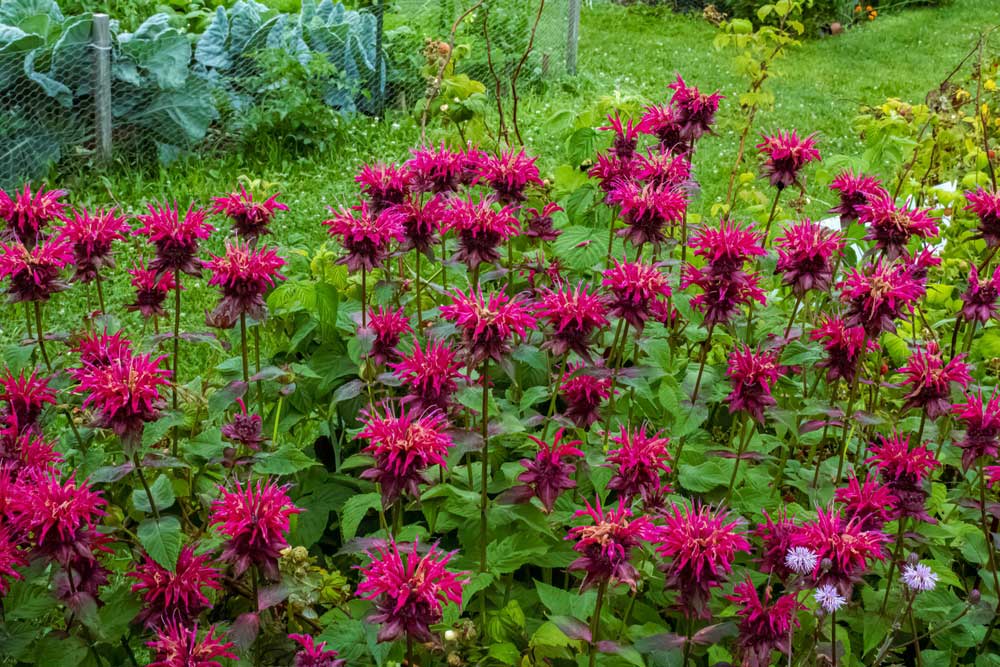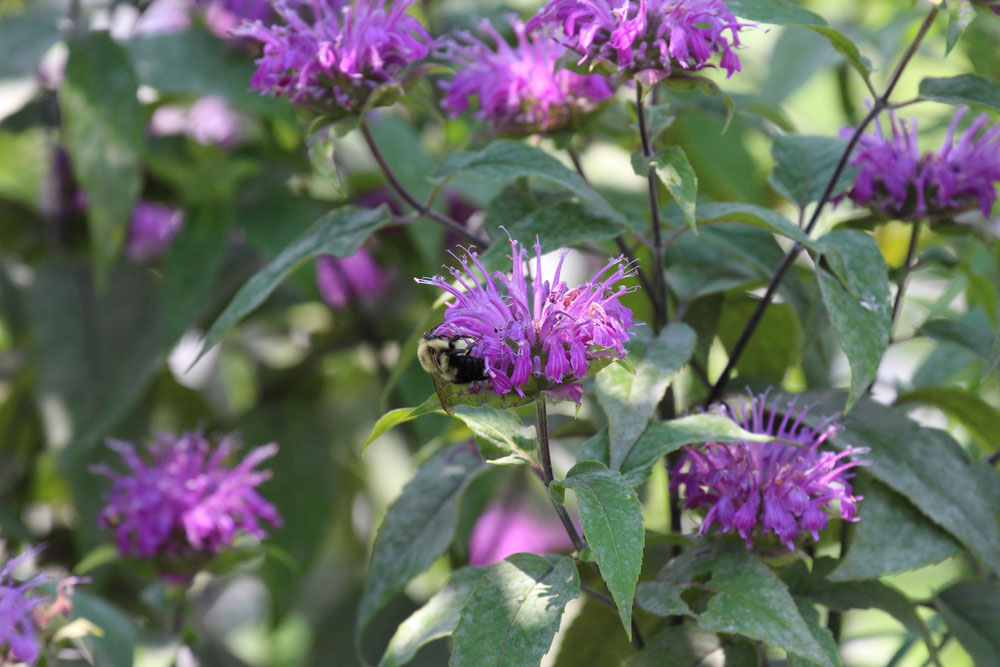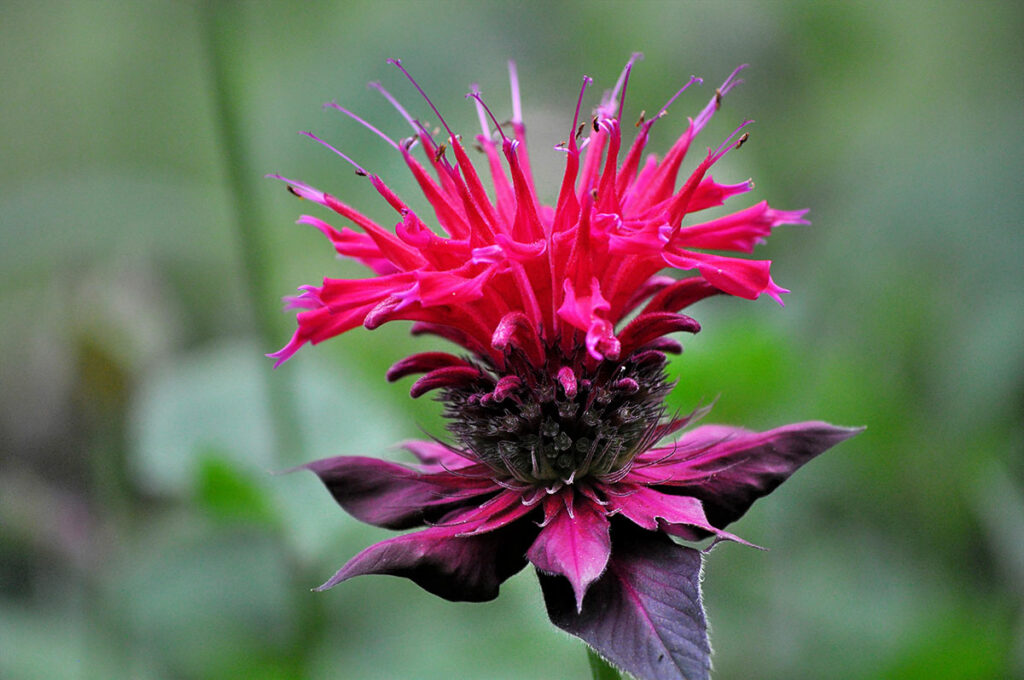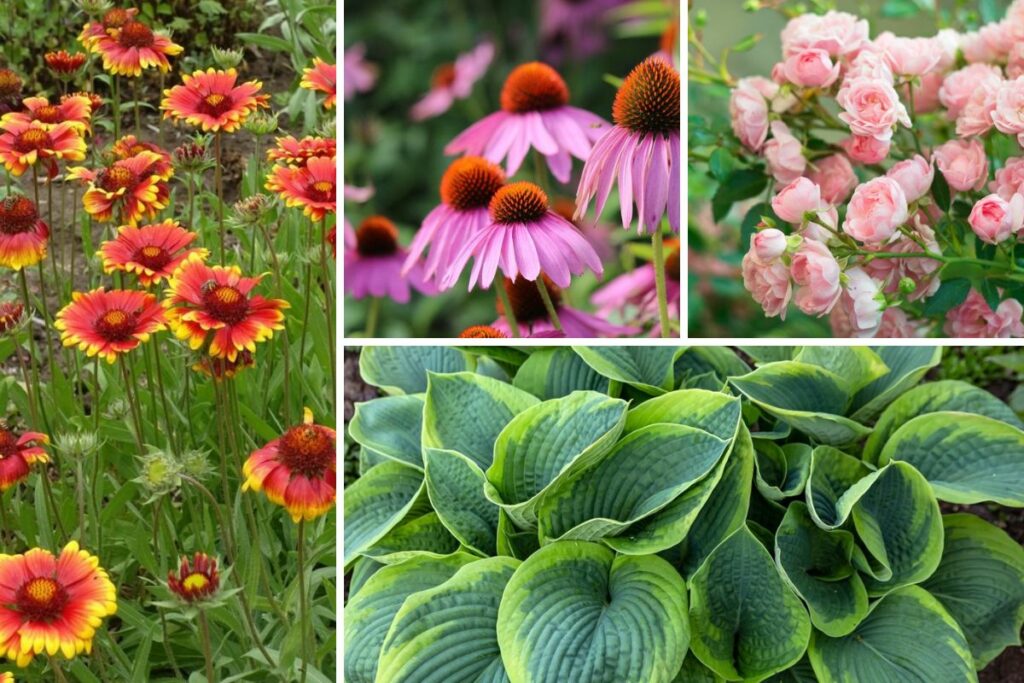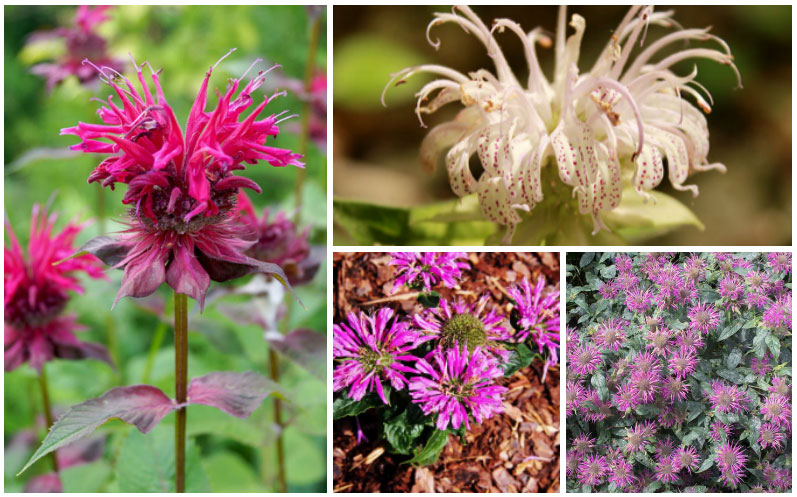
Monarda or bee balm is a perennial that is native to North America. The plant produces beautiful flowers in purple, red, pink or white. The green foliage of bee balm is also scented. Bee Balm also attracts hummingbirds, butterflies, and bees to your garden making this plant an excellent addition to a pollinator garden. Bee balm also has a long history of Medicinal use.
Bee balm can grow in zones 4 to 9. It can be planted in Spring or Fall. Bee balm thrives in full sun to part shade. And most varieties grow to be 2-4 feet tall.
There are many different varieties of Bee balm. In this guide, we look at 10 of our favorite bee balm varieties.
Monarda ‘Balmy Lilac’ (Bee Balm)

The Monarda Balmy Lilac variety is a gorgeous perennial that produces beautiful Lilac flowers. It blooms from late spring through the end of summer. This variety attracts hummingbirds and butterflies. It grows best in full sun or partial shade and moist but well-drained soil. Grow this variety in a small garden or dress up your borders.
Monarda ‘Balmy Pink’ (Bee Balm)

The Monarda Balmy pink variety produces beautiful pink flowers. This perennial blooms from late spring through the end of summer. The Balmy Pink bee balm grows up to 10-12inches tall. It grows best in full sun or partial shade and moist but well-drained soil.
Monarda ‘Balmy Purple’ (Bee Balm)

The Monarda Balmy Purple variety produces beautiful pink flowers. It blooms from late spring through the end of summer. It grows best in full sun or partial shade and moist but well-drained soil. The Balmy purple bee balm variety will look great in a small garden or in your beds and borders.
Monarda ‘Beauty of Cobham’ (Bee Balm)

The Monarda Beauty of Cobham is another favorite perennial that produces gorgeous purple blooms. The ‘Beauty of Cobham’ bee balm won a prestigious Award of Garden Merit of the Royal Horticultural Society. This variety will attract pollinators (butterflies, and hummingbirds) to your garden. The plant will look terrific in a small garden, container patio or around your beds and borders.
Monarda ‘Petite Delight’

The Bee balm Petite Delight variety produces amazing blooms in lavender rose flowers that have an amazing scent. It will bloom from mid to late summer. This variety will look fantastic in any garden.
Monarda ‘Prarienacht’

The bee balm Prarienacht variety is a perennial that produces beautiful purple flowers, that bloom from summer through early fall. It grows to be 3-4 feet tall, and 2-3 feet wide. This gorgeous variety will attract pollinators to your garden. Make sure to cut to the ground after the flowering period to promote healthy growth.
Monarda ‘Raspberry Wine’
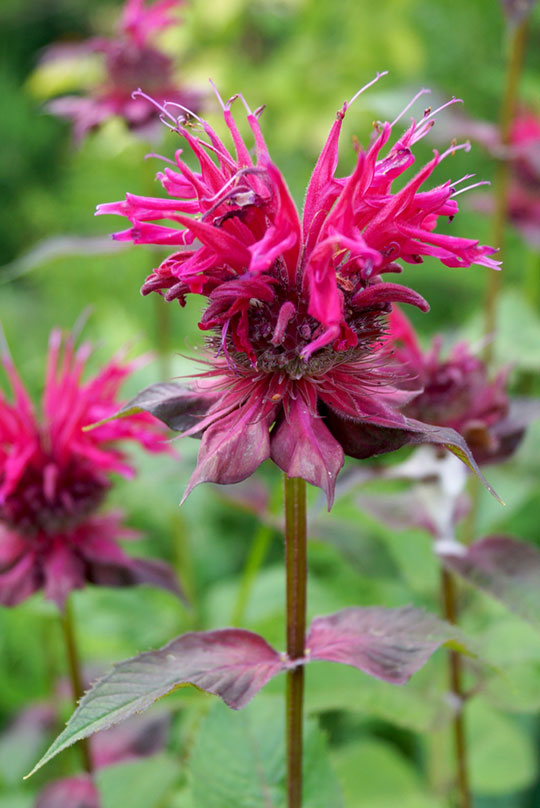
The bee balm Raspberry Wine variety is another beautiful variety. This variety will produce deep raspberry -red flowers all summer long.
Monarda ‘Squaw’ (Bee Balm)
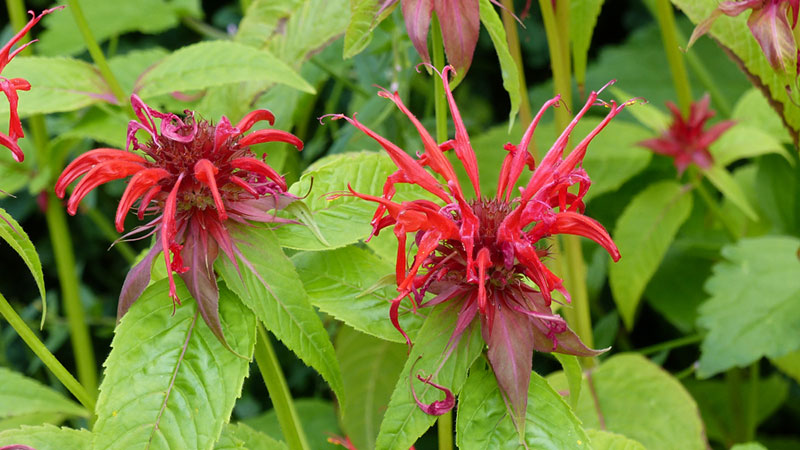
The Monarda Squaw variety is one of my favorites. Like the Monarda ‘Beauty of Cobham’ variety, the Monarda Squaw also won the prestigious Award of Garden Merit of the Royal Horticultural Society. Growing 3-4 feet tall, this plant will look terrific in small containers, small gardens, or around beds and borders. Like other varieties, it likes full sun or partial shade.
Monarda bradburiana
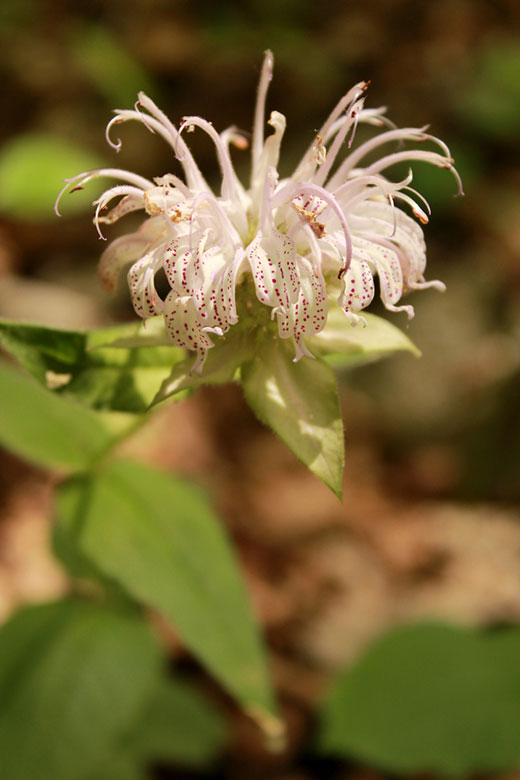
The Monarda bradburiana, also called Easter bee balm boasts soft pink-lavender gorgeous flowers from late spring through early summer. Like other varieties, it will thrive in full sun to partial shade. It prefers dry to medium moisture, well-drained soil. This variety is a bit smaller than other bee palm varieties on this list, growing only 1-2 feet tall. Use in your borders or small garden beds.
Monarda punctata (Spotted Bee Balm)
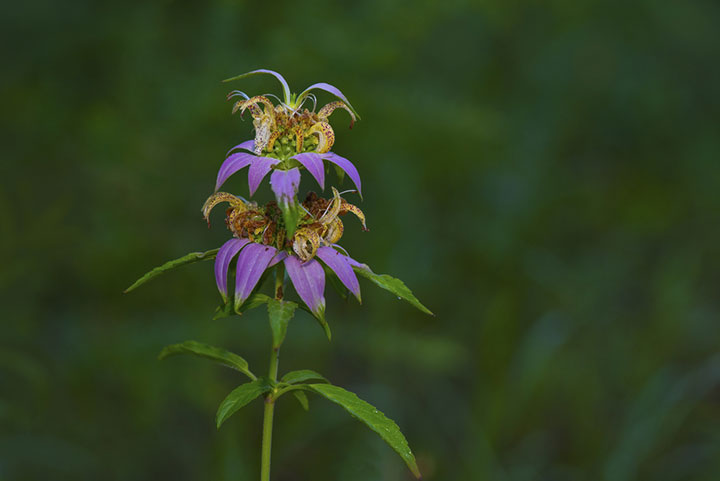
The Monarda punctata also called Spotted Bee Balm produces light purple clusters of flowers. This variety thrives in full sun to partial shade and will grow to be around 2 feet tall. Like other varieties on this list Spotted Bee Balm will attract butterflies and hummingbirds to your garden. Grow this variety in small flower beds and as borders.





